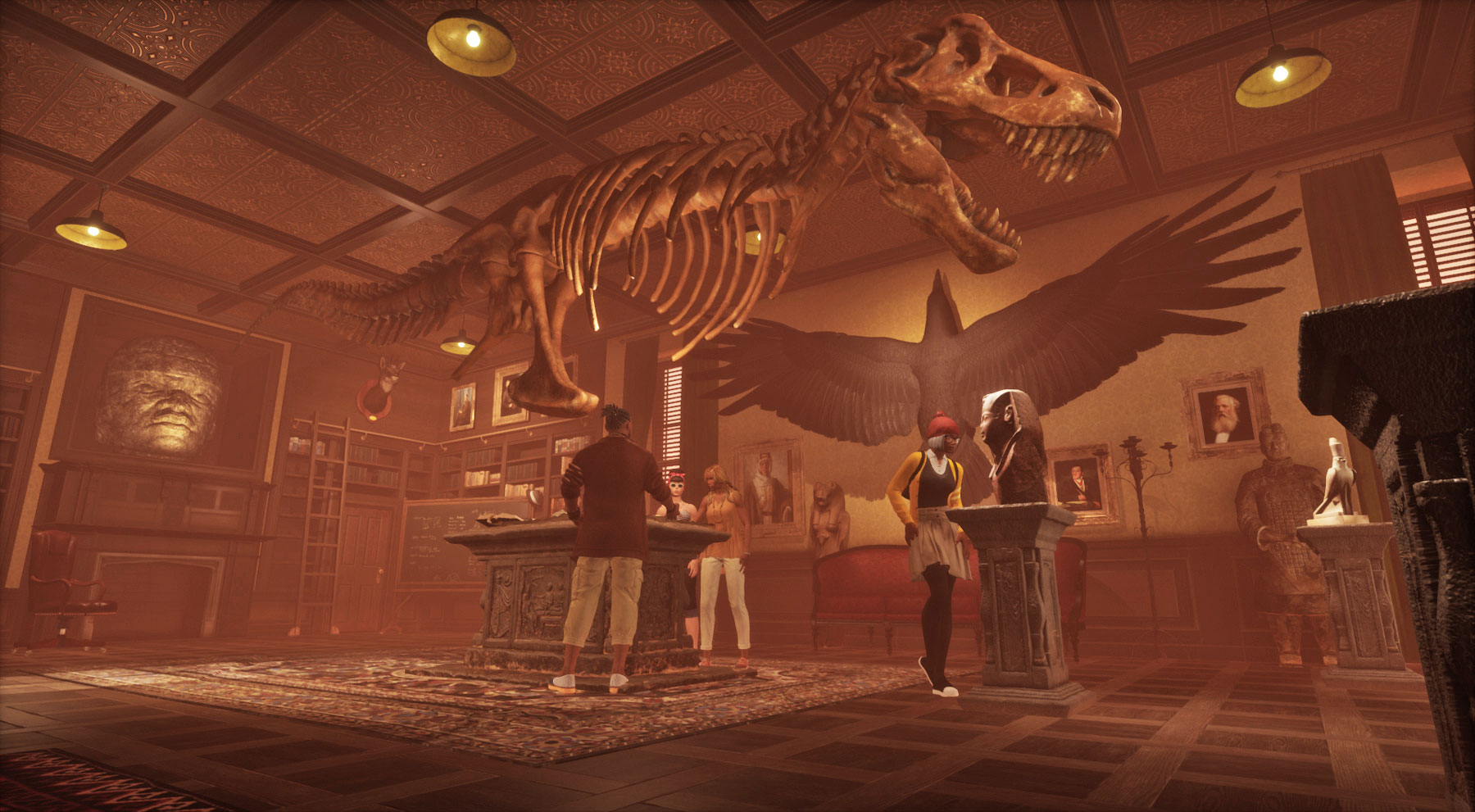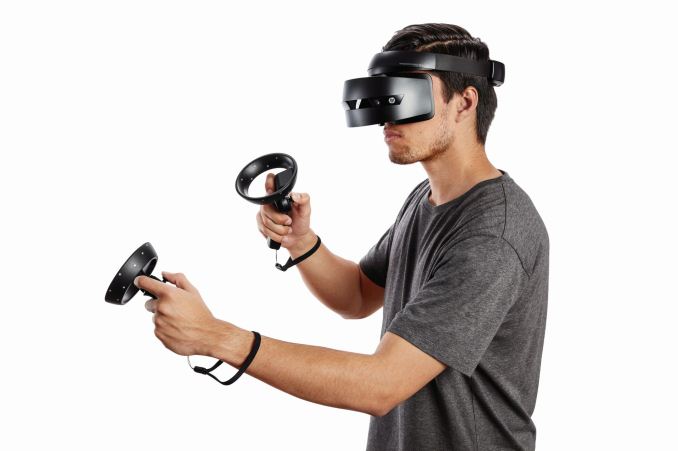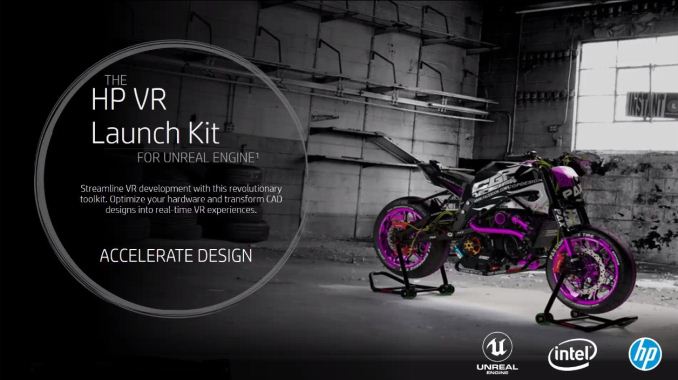Some things I should get for the office. Seriously.
I have no room to really walk around in my office (or home) so some of these "toys" may be the solution.





| HP Windows Mixed Reality Headset - Professional Edition | |||||
| Screen | Dual LCD 2.89"diagonal w/Pulse Backlight Technology | ||||
| Resolution | 1440 x 1440 pixels per eye (2880 x 1440 combined) | ||||
| Refresh Rate | 90 Hz (HMDI 2.0) 60 Hz (HDMI 1.4) | ||||
| Field of View | ~100°, Fresnel-Asperical | ||||
| Tracking | 2 x Front-facing cameras | ||||
| Sensors | Windows MR inside/out 6 DOF motion tracking (Gyroscope, Accelerometer, and Magnetometer) | ||||
| Interpupil Distance | 63mm +/- 8mm by eye tracking detection and software control | ||||
| Connections | HDMI 2.0 USB 3.0 3.5mm jack | ||||
| Cables | 1 x 3.6m 2-in-1 (HDMI 2.0 + USB 3.0) 1 x 0.6m 2-in-1 (HDMI 2.0 + USB 3.0) | ||||
| Accessories | 3 x Polyurethane face cushions, cleanable, detachable | ||||


